Urbanization Trends
Urbanization trends are exerting considerable influence on the Façade Windows Market. As populations migrate towards urban centers, the demand for residential and commercial buildings is escalating. This surge in construction activity necessitates the use of façade windows that not only meet aesthetic requirements but also comply with stringent building codes. The urban landscape is increasingly characterized by high-rise buildings, which often require specialized façade solutions to address challenges such as wind load and thermal performance. Market analysis indicates that urban areas are projected to see a 15 percent increase in new construction projects over the next five years, thereby propelling the demand for innovative façade window solutions that enhance both functionality and design.
Customization Demand
The growing demand for customization in architectural design is significantly impacting the Façade Windows Market. Architects and builders are increasingly seeking unique solutions that reflect individual client preferences and project specifications. This trend is evident in the rising popularity of bespoke façade windows that offer various shapes, sizes, and finishes. Customization not only allows for greater design flexibility but also enhances the overall aesthetic appeal of buildings. Industry expert's reveal that approximately 40 percent of new projects now incorporate customized façade solutions, indicating a shift towards personalized architecture. As this trend continues, the Façade Windows Market is likely to adapt by offering a wider range of customizable options to meet diverse client needs.
Regulatory Compliance
Regulatory compliance is emerging as a crucial driver for the Façade Windows Market. Governments worldwide are implementing stricter building codes and energy efficiency standards, compelling manufacturers to adapt their products accordingly. Compliance with these regulations not only ensures safety and performance but also enhances market competitiveness. For instance, many regions now mandate the use of energy-efficient windows in new constructions, which has led to a marked increase in the adoption of advanced glazing technologies. Market data indicates that adherence to these regulations could boost the demand for compliant façade windows by up to 25 percent over the next few years. Consequently, the Façade Windows Market is likely to see a shift towards products that not only meet but exceed regulatory requirements.
Sustainability Initiatives
The increasing emphasis on sustainability within the construction sector appears to be a pivotal driver for the Façade Windows Market. As regulations tighten and consumer preferences shift towards eco-friendly solutions, manufacturers are compelled to innovate. The demand for energy-efficient windows, which can significantly reduce heating and cooling costs, is on the rise. In fact, studies indicate that energy-efficient façade windows can lower energy consumption by up to 30 percent. This trend not only aligns with environmental goals but also enhances the market appeal of buildings. Consequently, the Façade Windows Market is witnessing a surge in products that incorporate sustainable materials and technologies, such as low-emissivity glass and recycled frames, which are likely to dominate future offerings.
Technological Advancements
Technological advancements are reshaping the Façade Windows Market, driving innovation and enhancing product performance. The integration of smart technologies, such as automated shading systems and energy management solutions, is becoming increasingly prevalent. These innovations not only improve energy efficiency but also provide enhanced user comfort and convenience. For instance, smart windows that adjust their tint based on sunlight exposure can significantly reduce glare and heat gain. Market data suggests that the adoption of such technologies could lead to a 20 percent increase in energy savings for commercial buildings. As technology continues to evolve, the Façade Windows Market is likely to see a proliferation of high-tech solutions that cater to the growing demand for intelligent building systems.



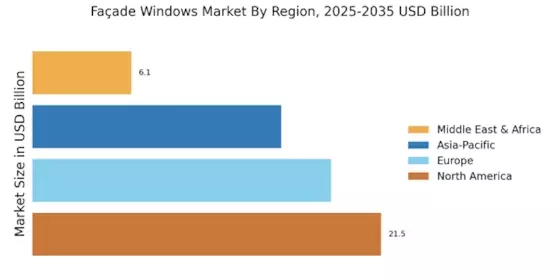
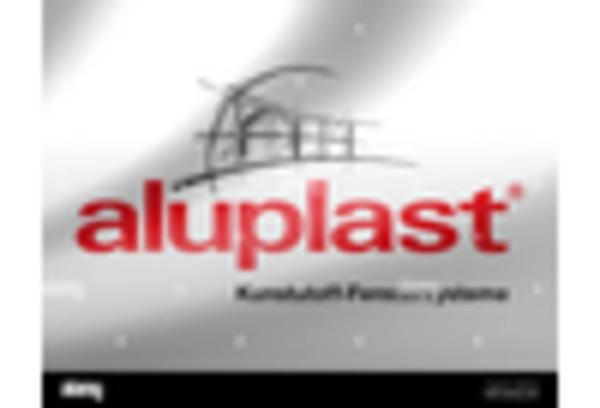
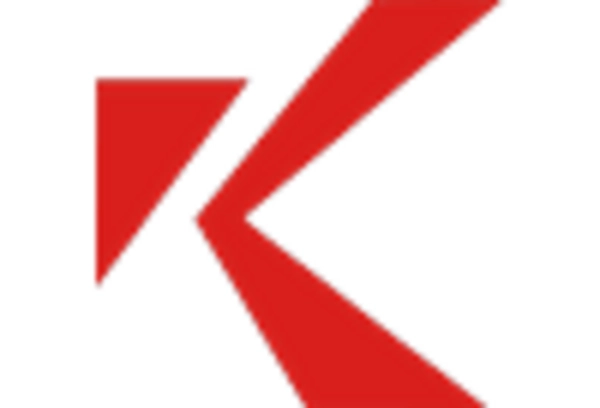
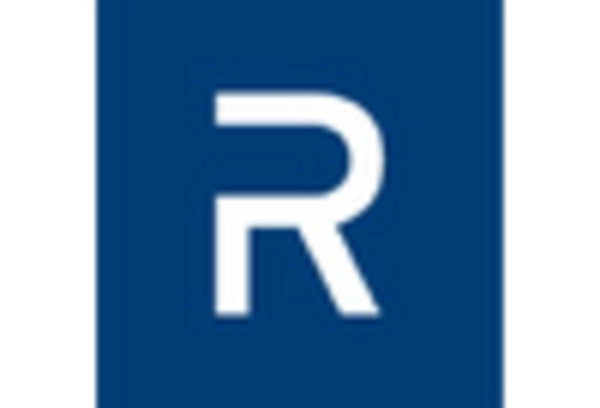

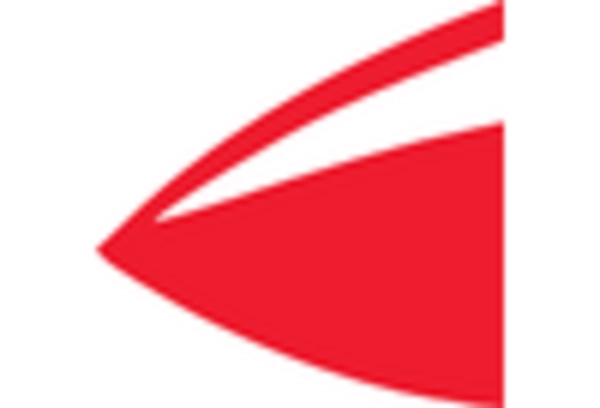









Leave a Comment